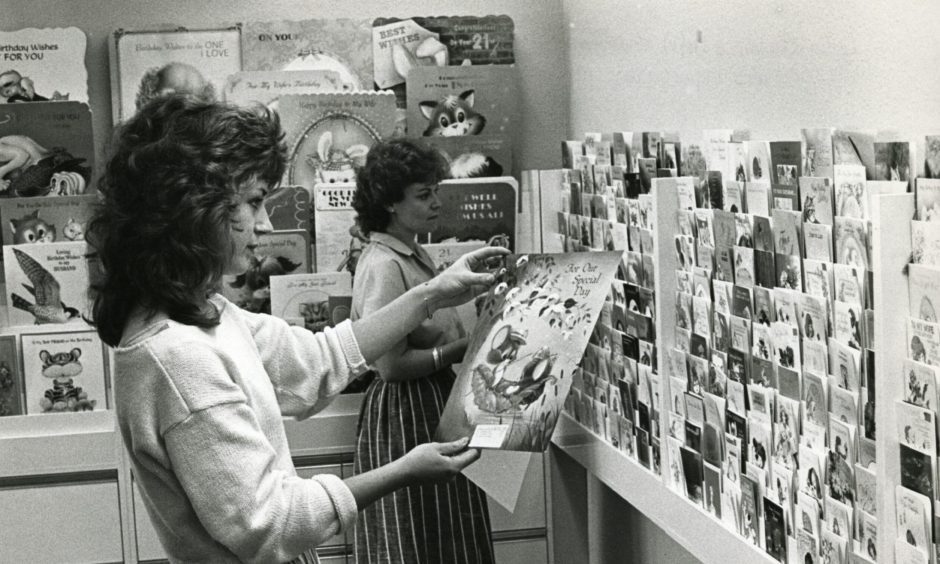
Valentines produced cards, postcards and calendars in Dundee for well over 150 years before finally closing in October 1994.
“Famous throughout the world” was the company’s logo.
John Valentine set up business in Dundee in 1825 as an engineer for wood blocks for linen printing and his son James, a trained artist, eventually joined him.
A deeply religious man, James took a very active interest in matters of social progress.
The firm produced illustrated envelopes featuring designs about moral issues of the day such as slavery, free trade and teetotalism.
The envelopes were the forerunners of the picture postcard.
Scenic scenes were shot across the UK
Around 1850 James went to Paris to study the new process of photography and by 1856 had set himself up as a professional portrait artist in the Murraygate.
Later, about 1860, he decided to sell topographical view photographs and subjects concentrated on tourist sights and places like the River Dean in Forfar.
A new industry was being born.
The scope of the business widened to include the whole of the British Isles and photographic viewpoints were eagerly bought up by tourists.
Valentines photographed the building of the Tay Rail Bridge in the 1870s and, in 1879, were commissioned to capture for posterity the aftermath of the disaster.
In 1897 the government granted permission to write or print on the reverse side of a postcard and Valentines was quick to take advantage of this concession.
This coincided with Valentine’s success in a photochrome process which proved to be the perfect method for the cheap reproduction of postcards.
They were able to issue series after series of scenes throughout Britain.
What was best-selling postcard made by Valentines?
The biggest seller in the company’s history was the Houses of Parliament.
The views of the Tay Bridge Disaster were the most tragic.
Valentines also documented the construction of the RRS Discovery in Dundee.
By the 1900s they had a growing trade in Christmas cards and children’s books.
Branches were opened in Canada, South Africa, Australia, America and Norway, with monthly shipments of cards running into millions.
By the First World War Valentines had become a worldwide name and children’s toy books were also introduced and proved highly successful.
Patriotic Christmas cards and postcards were popular during the hostilities.
The calendar trade, previously confined to tradesmen’s calendars, became a stationery line for the first time and continued to expand in the 1920s and 1930s.
In all these developments, Valentines had the co-operation of Mabel Lucie Attwell, who was a famous illustrator and provided drawings of children.
Her appealingly clear drawings also appeared on Attwell postcards.
The Birthday Card Department began to function as a separate unit.
Greetings cards production increased year by year.
The firm was aware of the need to be topical and in the 1930s they produced a series of postcards of film stars from Hollywood photographs.
Stars like Katharine Hepburn, Shirley Temple and Greta Garbo were all featured.
Queen’s coronation brought record sales for Valentines
Work began on a new building on Kingsway West in 1937.
Several departments were already in production when war broke out in 1939.
Pulp board for calendar manufacture was practically non-existent, paper was available in limited quotas only and staff was reduced to a minimum.
Children’s books were reintroduced and helped to offset the calendar losses.
The factory was requisitioned by the Ministry of Supply until 1946.
In 1953 Valentines blew rival firms out of the water and achieved their biggest sales for a single event when Elizabeth II was crowned at Westminster Abbey.
They took photographs and the postcards were on sale only 24 hours later.
Children’s nature books, postcard painting books and jigsaws were marketed.
There were musical view cards which could be played on record players.
From one, produced in 1955, could be heard the strains of Oklahoma!
It wasn’t unusual for Valentines to commission an artist like James McIntosh Patrick to paint a scene and then reproduce it in calendar or card form.
What was happening at Dundee factory in 1955?
In 1955 his painting was designed as a Christmas card for the Queen Mother.
The People’s Journal visited the Kingsway West factory before Christmas 1955 where one and a half million greetings cards were being produced.
There were 500 women surrounded by piles of Christmas and greetings cards.
How did the process work?
Artists in the Westfield Avenue premises would think up the designs.
Once the cards were cut, on went the trimmings.
Gold lettering put up the price.
So did things like tinsel, satin bells, horse shoes and gold foil.
The women would fix these things on to each card.
Public demand was for cheery snow scenes with plenty of holly.
Religious themes were in favour.
So were religious verses.
End of an era with final Valentines postcard in 1970
Half a million picture postcards a week were produced in 1955.
During summer their photographers would drive around Britain bringing views up to date and collecting between 4,000 and 5,000 new ones every year.
In 1963 the firm sold out to Waddingtons, who were the Monopoly makers.
Valentines decided to stop publishing postcards altogether in 1970 and an epic era ended as their views gradually disappeared from shops.
Andrew Valentine, whose great-great-grandfather founded the firm, said the decision to scrap the postcards after 91 years was strictly a family decision.
“Make no mistake about it,” he said.
“This was our own, rather sad, emotional decision – not Waddingtons’.
“The cards were only 5% of our trade.”
But for many the decision in 1969 was a surprise as Valentines were still selling around 20 million of the 400 million postcards sold in Britain every year.
Valentines postcards took their final bow in a blaze of glorious sales.
They had the sole rights to use the Commonwealth Games official motif on postcards during the event in Edinburgh in July 1970.
The last postcard showed the Loch Ness Monster, wearing a glengarry with the Games badge, swimming up the Forth and straddling the two bridges.
The caption was: “Nessie goes forth to do battle.”
More than 100,000 were printed in English, French and German.
But after the fun and games it was all over.
A bittersweet party when end came in 1994
In 1975 a programme of further expansion was taking shape and the company marked its 150th anniversary by publishing a first day pictorial envelope.
In 1980 Waddingtons sold off Valentines to Hallmark Cards of the USA.
Valentines commemorated the wedding of Prince Charles and Princess Diana in 1981 and the birth of William in 1982 and Harry in 1984.
The firm moved from Kingsway West to Dunsinane Industrial Estate and invested in a new £1.5m colour printing machine in 1985 with growth up 10%.
In 1989 Valentines was producing 250,000 greetings cards every working day, with 60 separate product lines including soft toys and sales of £20m a year.
“Valentines – thinking of you” was a new logo.
A significant downturn in High Street activity saw sales fall by 10% from 420 in 1990.
A continuing decrease in sales saw its 360 employees put on short-time working in March 1993, before production switched to a factory in Dublin.
The workforce was slashed by half.
The company’s HQ moved to Bath and distribution to Bradford.
Hallmark announced the Dundee plant would close on October 28 1994.
A Valentines love affair that turned sour was laid to rest with laughter and fond memories before the key was turned for the final time.
The remaining 40 staff blew the last £600 of their sports and social fund to organise a party and celebrate a final farewell to card production in the city.
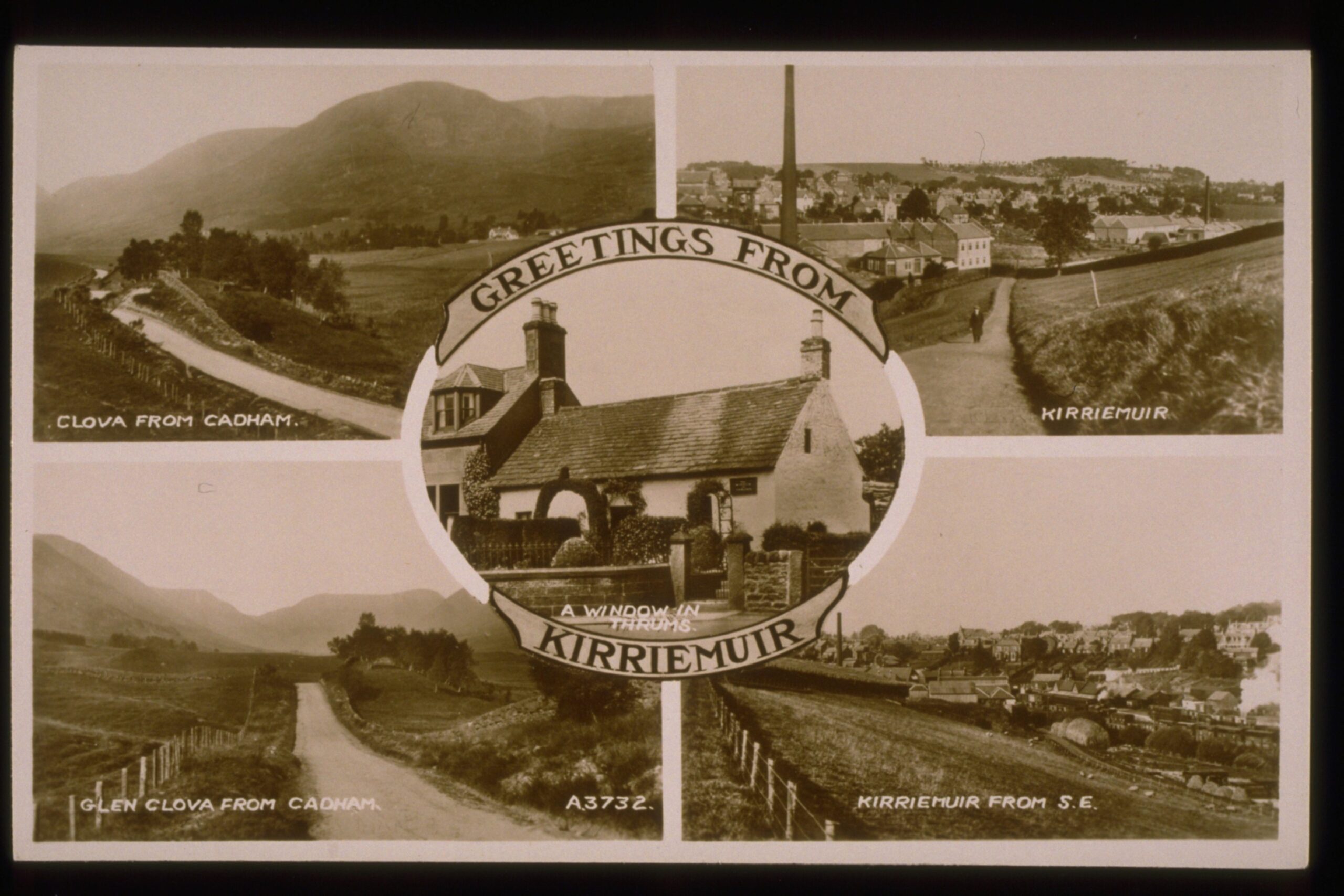
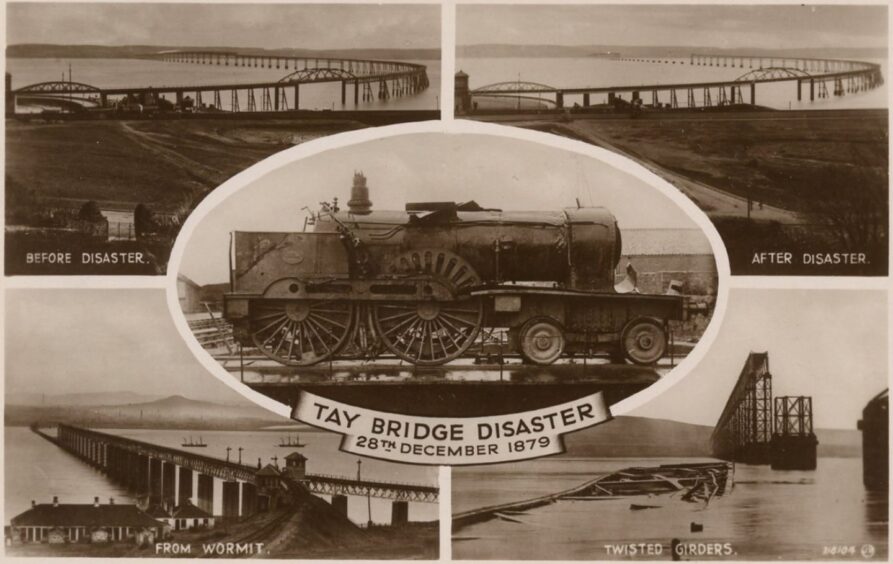
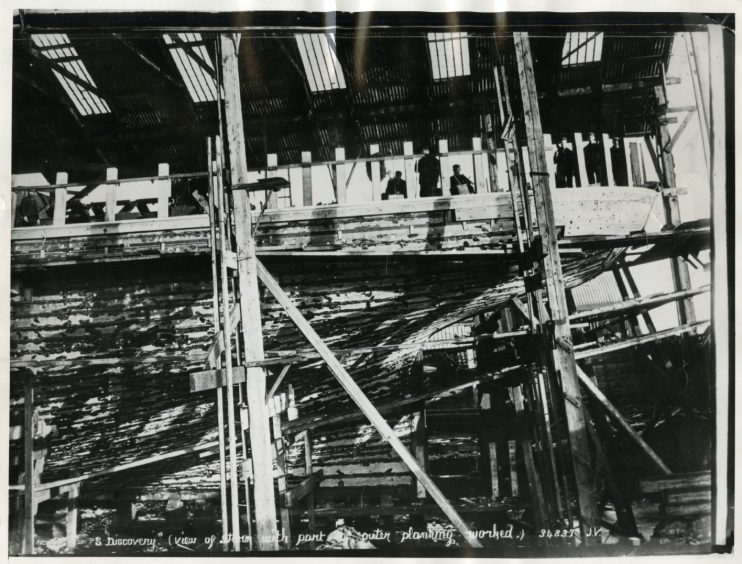
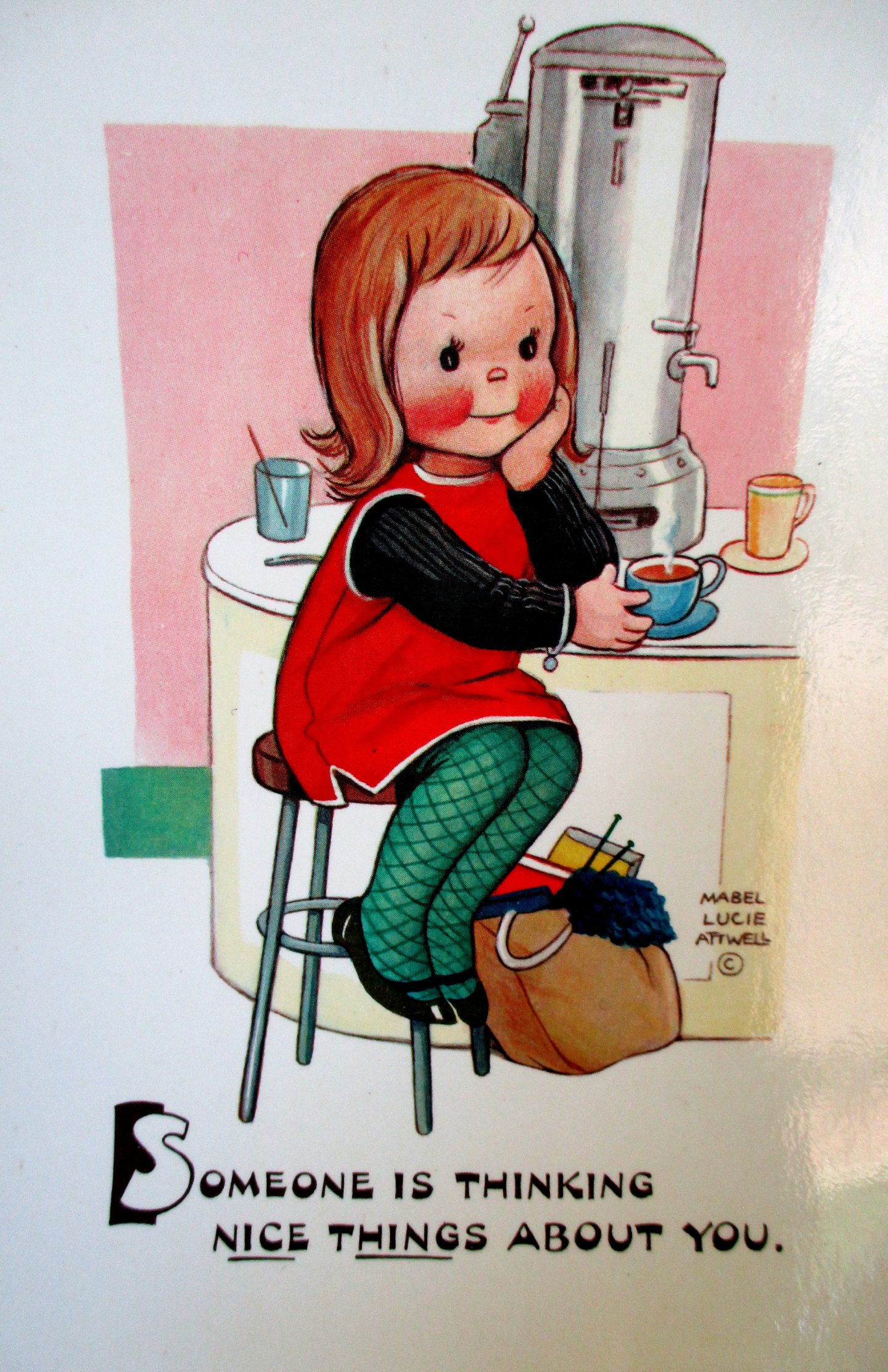
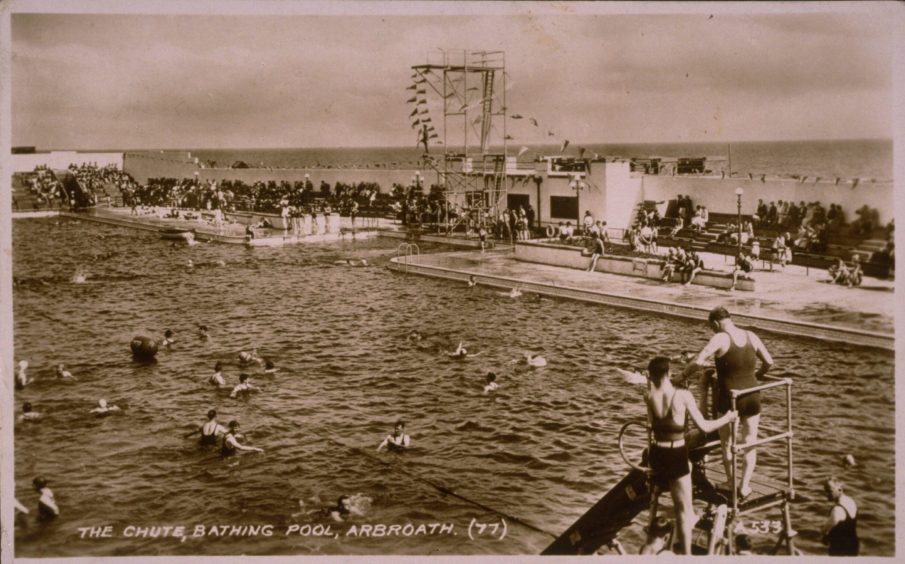
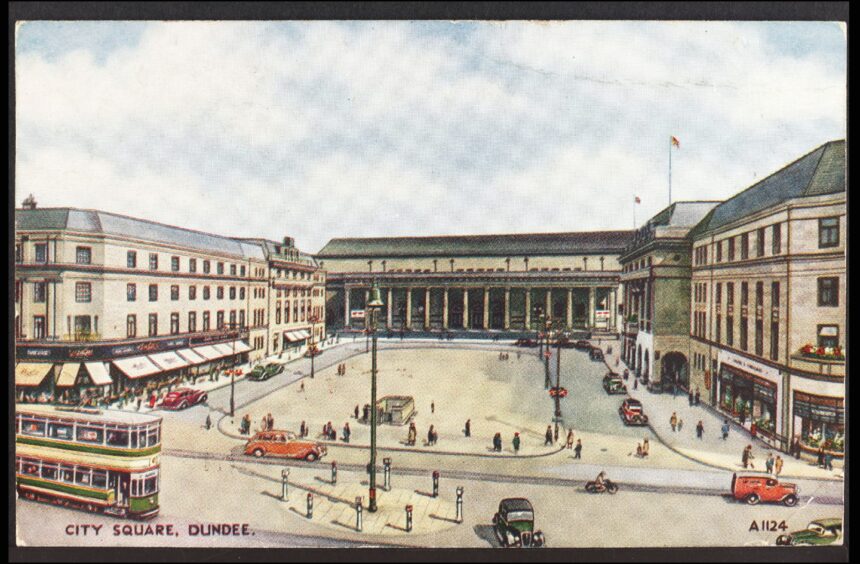
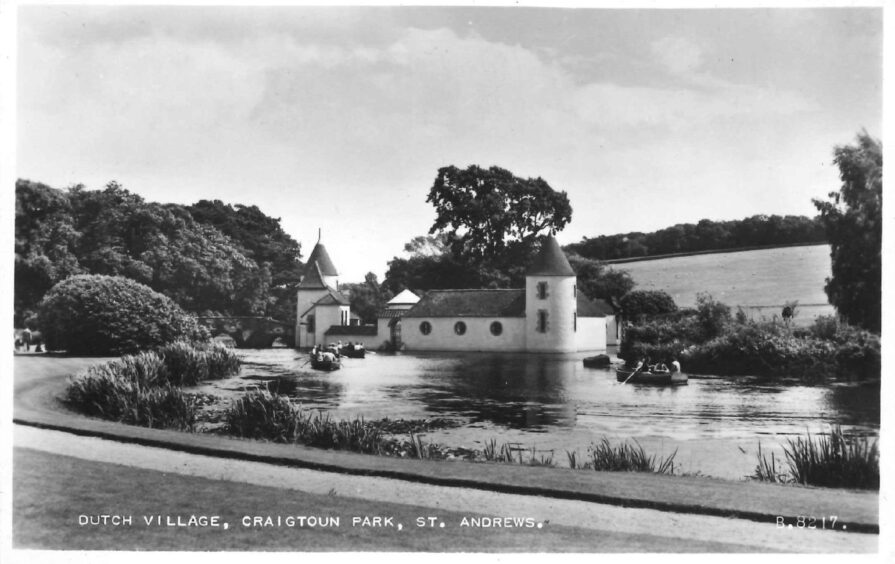
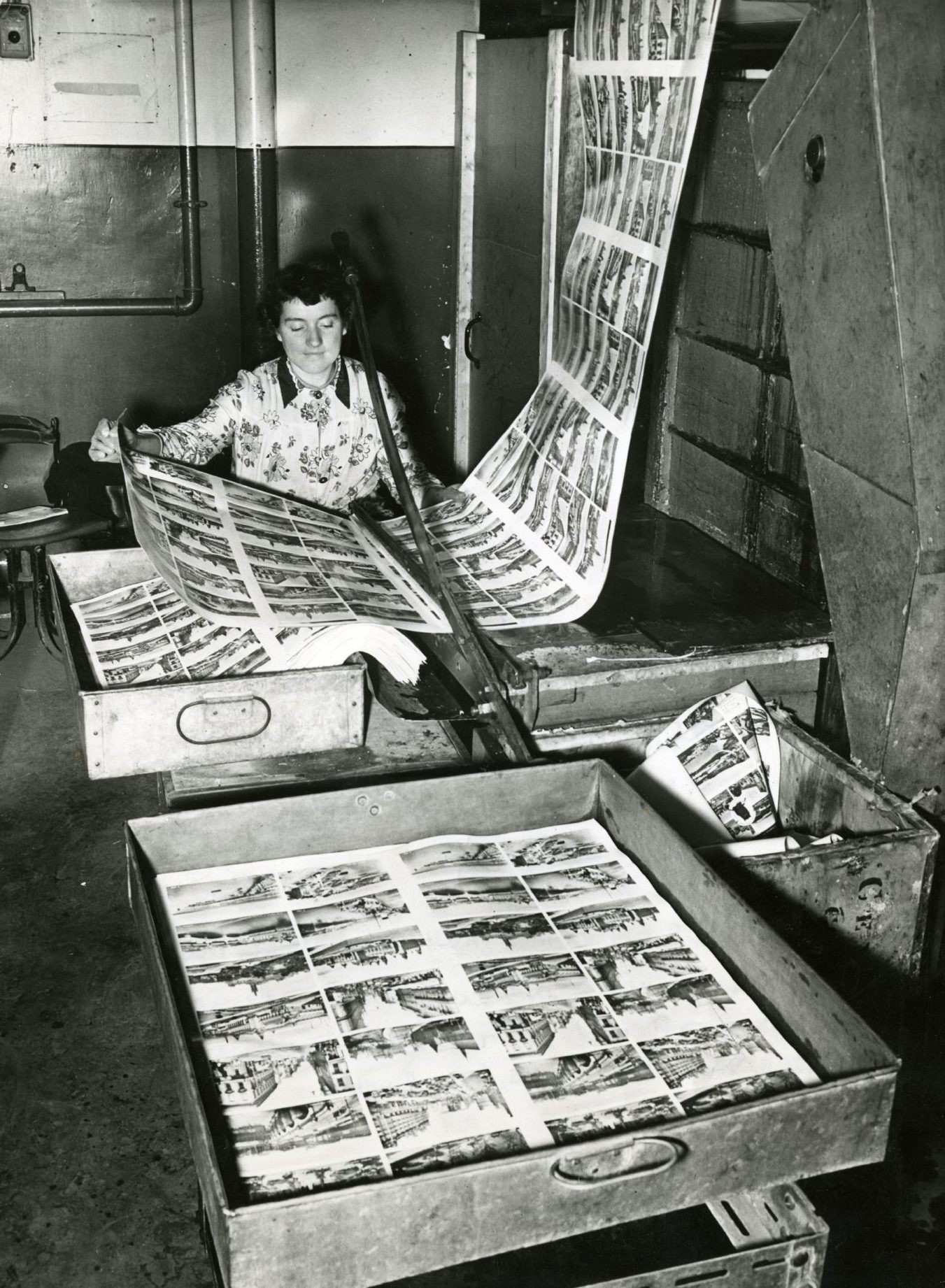
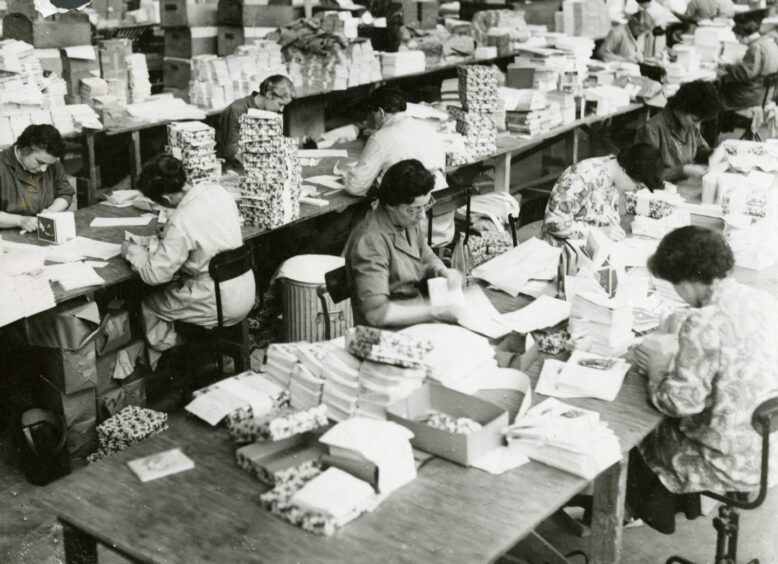
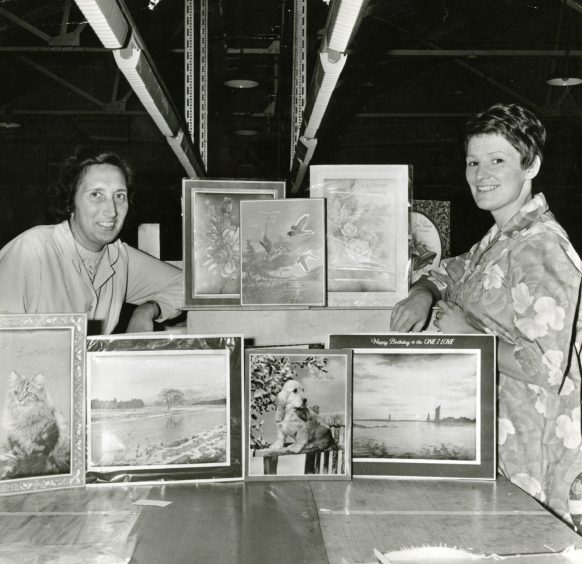
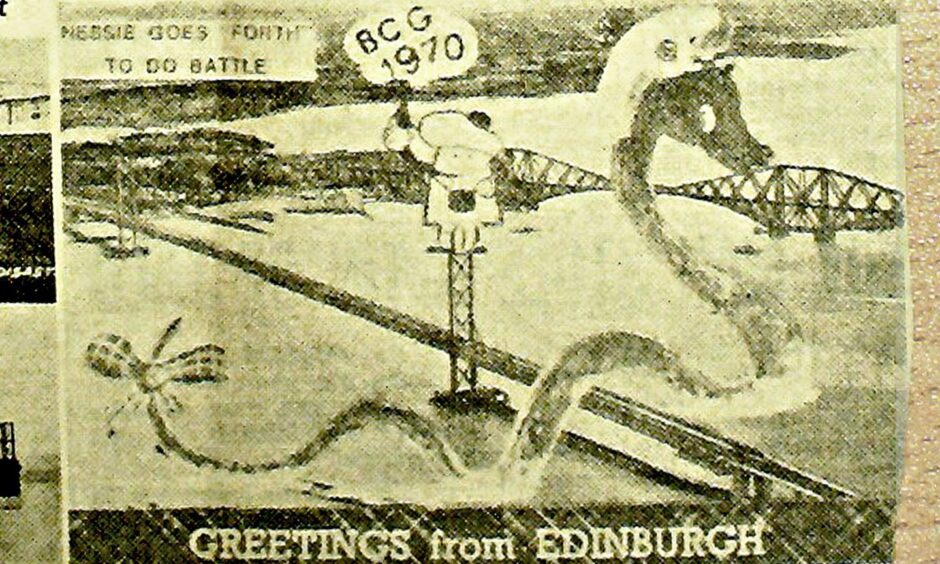
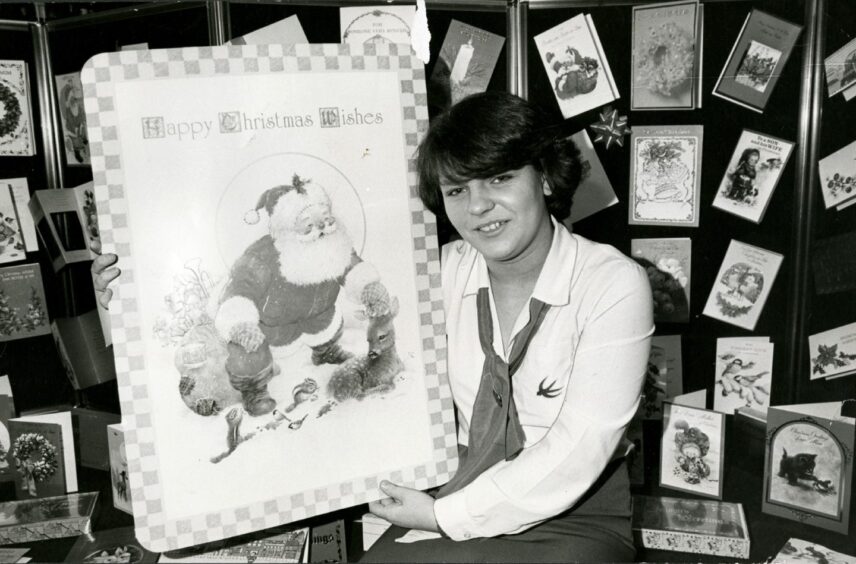
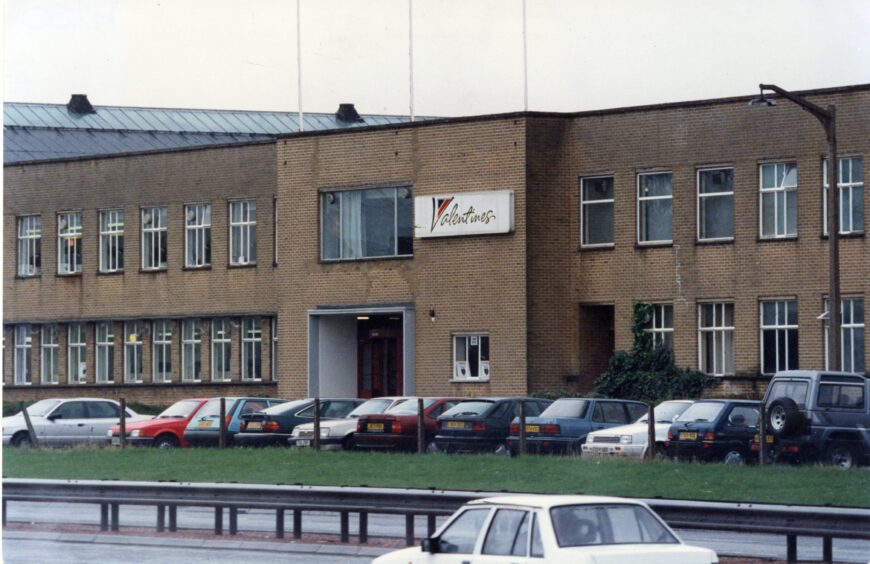
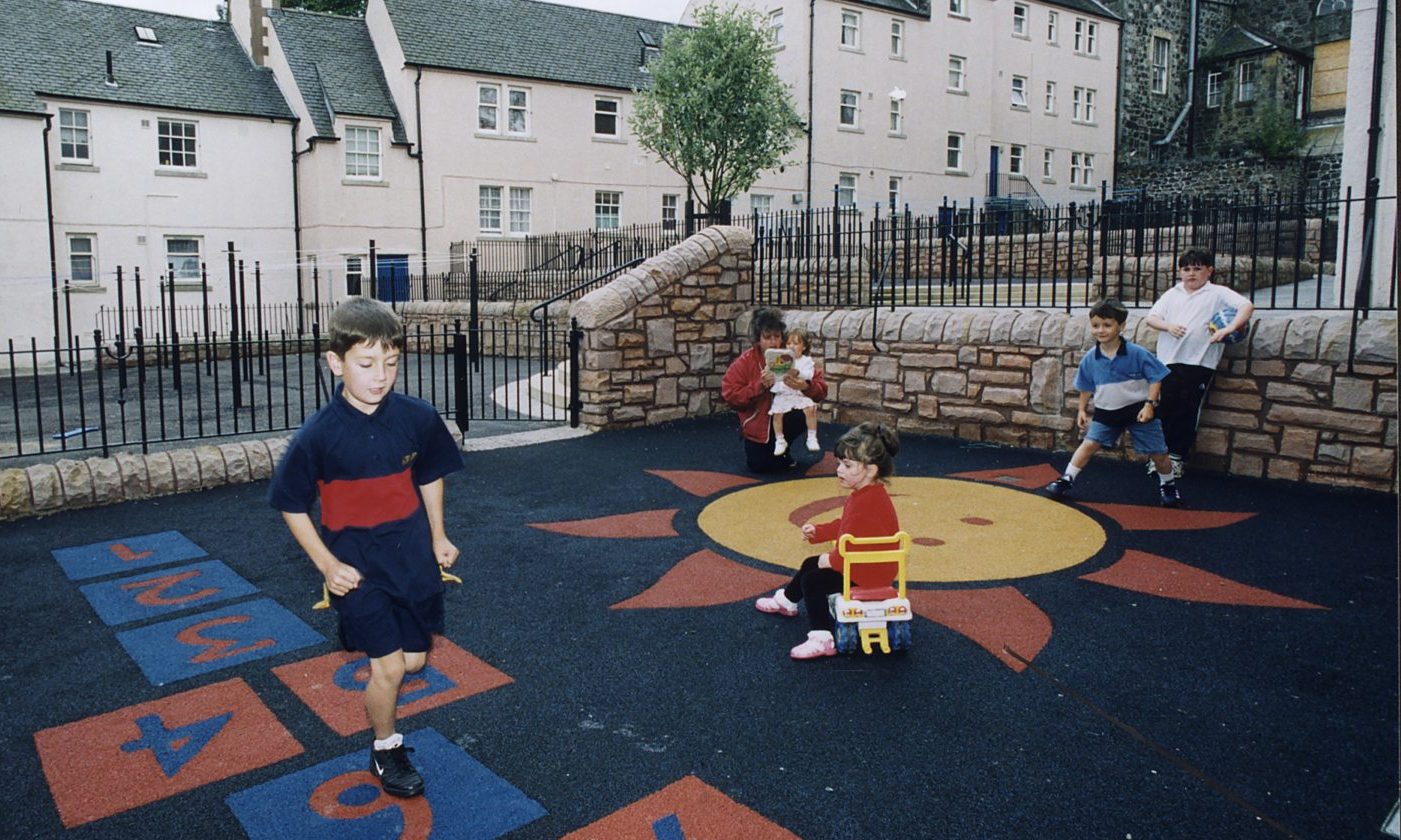
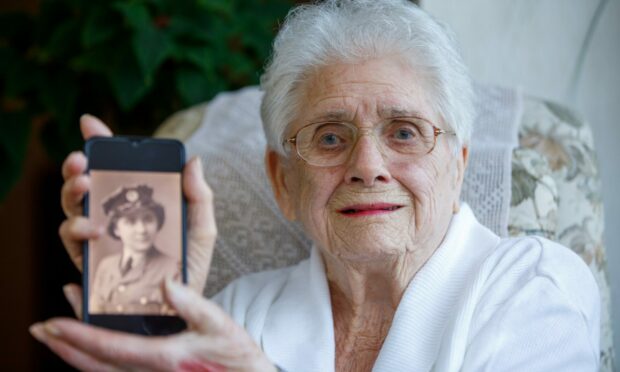
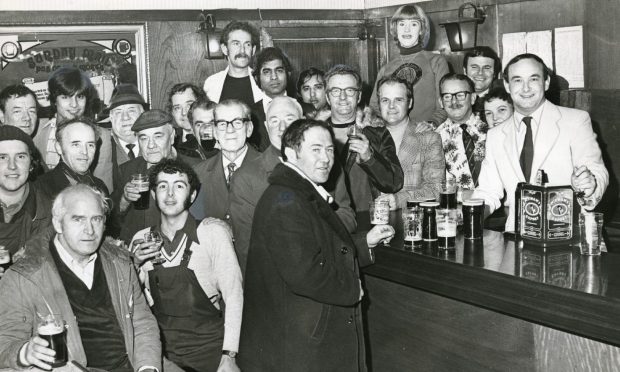
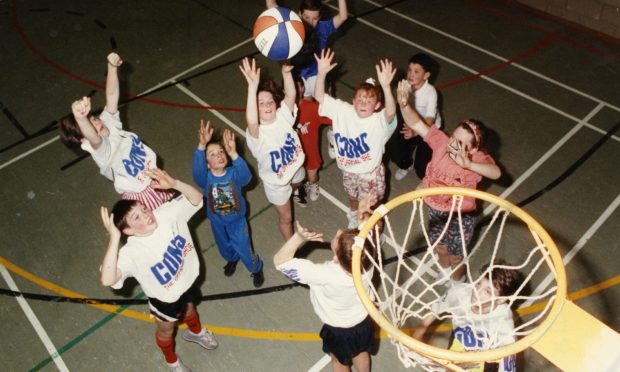
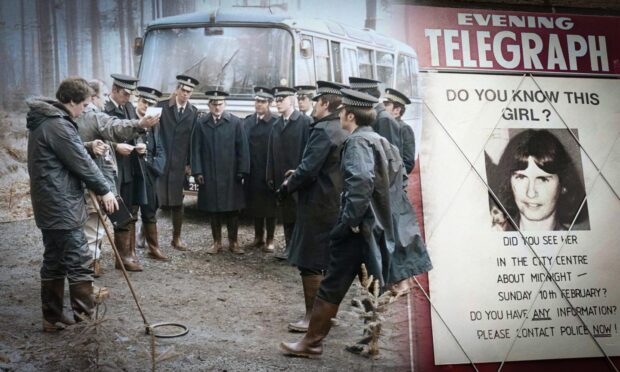
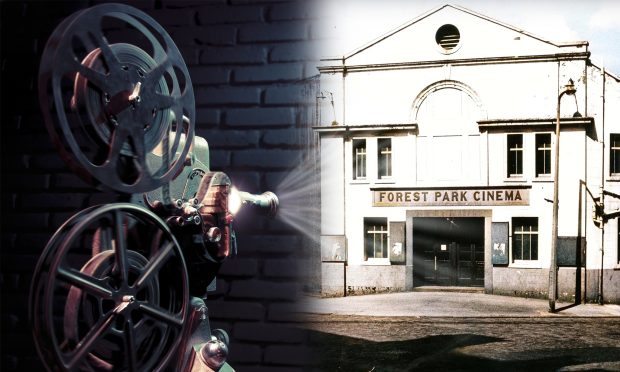
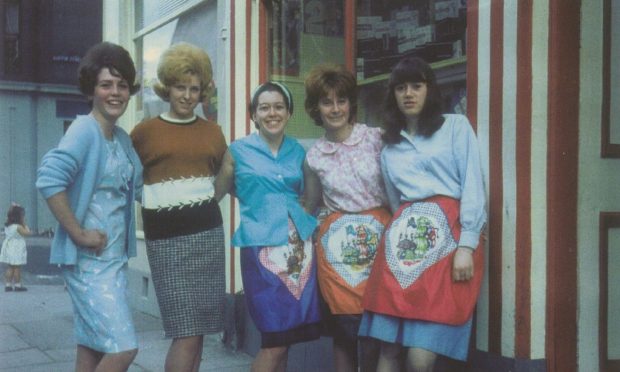
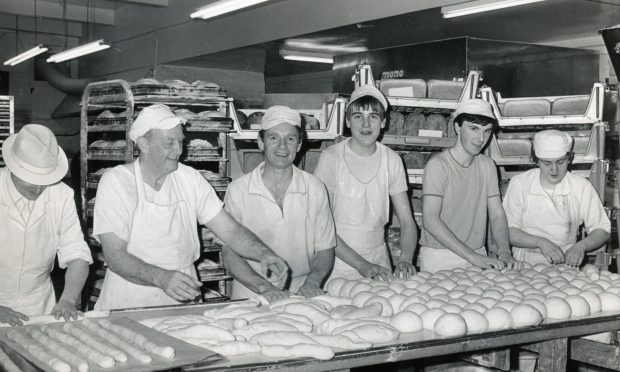
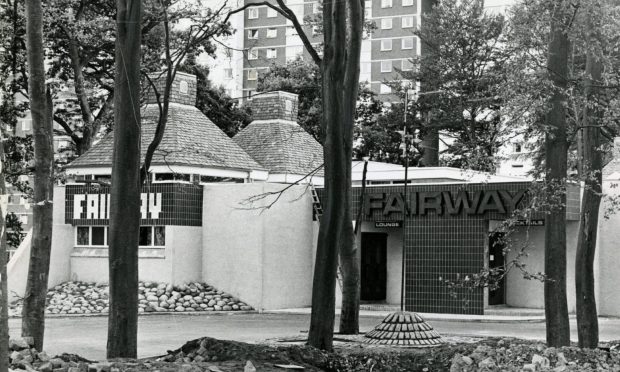
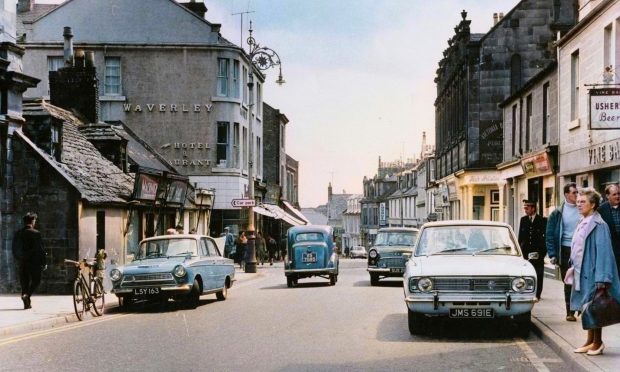
Conversation